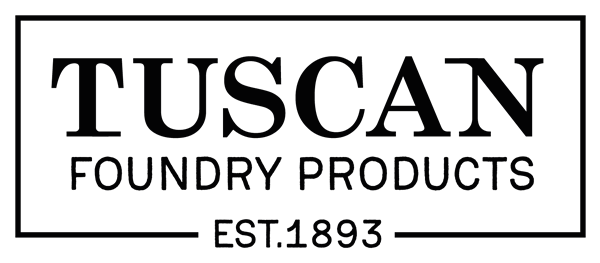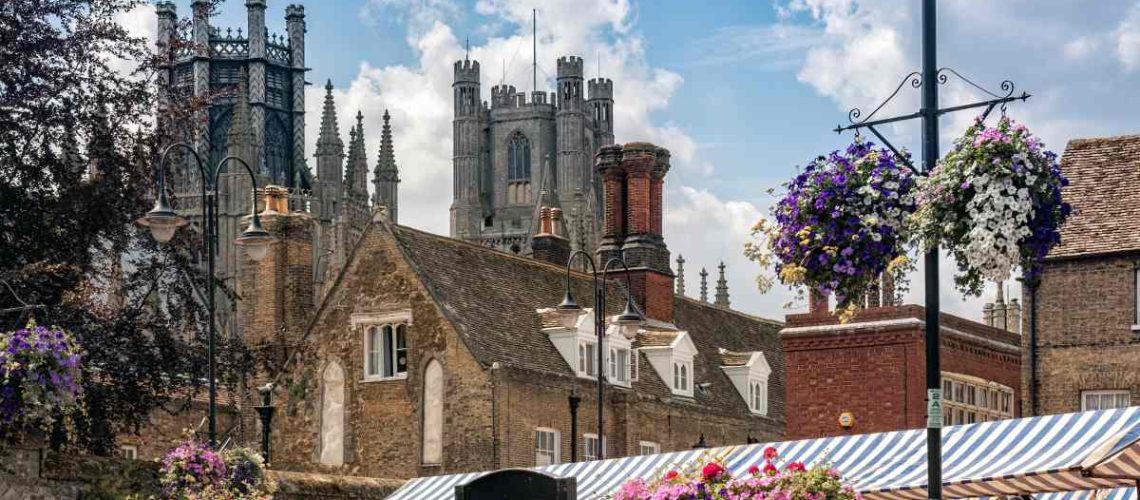


Cambridgeshire, a county renowned for its rich architectural heritage, has many historic buildings, from medieval churches and Tudor manors to Georgian townhouses and Victorian civic buildings. Preserving these structures is vital to maintaining the cultural and historical fabric of the region. However, conservation efforts require a delicate balance between restoration and modernisation. This article explores the importance of conservation, the challenges involved, and best practices for maintaining the integrity of Cambridgeshire’s historic buildings.
Cambridgeshire boasts many historic buildings listed due to their architectural and cultural significance. Each structure tells a story of the past, from the grandeur of King’s College Chapel to the charming timber-framed houses in Ely and St. Ives. These buildings contribute to the county’s aesthetic appeal and provide a tangible connection to its history.
The protection of these structures falls under the National Heritage List for England, which categorises buildings into three grades:
• Grade I – Buildings of exceptional national importance (e.g., Ely Cathedral).
• Grade II* – Particularly significant buildings with more than local importance.
• Grade II – Buildings of special interest, making up the majority of listed properties.
Conserving these buildings is crucial for their aesthetic value and the local economy, as heritage tourism plays a significant role in Cambridgeshire’s appeal. Ensuring that these historic buildings remain structurally sound and visually intact is a responsibility shared by property owners, conservation officers, and specialists in traditional building materials.
Restoring historic buildings comes with a unique set of challenges. Unlike modern structures, older buildings were constructed using traditional materials and methods incompatible with contemporary repair techniques. Some common issues include:
• Structural decay – Timber frames, stonework, and brickwork can deteriorate over time due to exposure to the elements.
• Water damage – Inadequate drainage, failing gutter systems, and rising dampness can cause significant structural damage.
• Weathering and erosion – Natural ageing can lead to weakened façades and instability.
• Unsympathetic past repairs – Using inappropriate materials (e.g., cement instead of lime mortar) can exacerbate issues rather than solve them.
Any modifications to a listed building require Listed Building Consent (LBC) from the local planning authority. This includes changes to rainwater systems, structural repairs, and even repainting in some cases. Property owners must ensure that restoration work aligns with conservation guidelines, using materials and techniques appropriate to the building’s historical context.
Unauthorised alterations can result in legal consequences, including fines and enforcement orders requiring restoring the original features. It is always advisable to consult conservation specialists before undertaking any repairs or modifications.
Why Traditional Cast Iron Drainage Systems Matter
Rainwater management plays a crucial role in preserving historic buildings. Traditional cast iron gutters and downpipes have been used for centuries for their durability, aesthetic appeal, and ability to complement period properties.
(Cambridgeshire – Corn Exchange Building)

Key benefits of cast iron drainage systems include:
• Longevity – Cast iron can last over 100 years with proper maintenance.
• Authenticity – It matches the architectural character of historic buildings.
• Sustainability – It is fully recyclable, making it an eco-friendly choice.
Repairing vs. Replacing Cast Iron Gutters and Downpipes
Whenever possible, repairing existing cast iron components is preferable to replacement. Restoration techniques include:
• Rust removal – Using wire brushing and applying linseed oil-based paints to prevent further corrosion.
• Repainting—Using breathable, traditional paints to maintain aesthetic integrity.
• Sealing joints – Applying traditional gutter sealants to prevent leaks.
If replacement is unavoidable, bespoke cast iron replicas can be manufactured to match original profiles, ensuring continuity in design.
Using Traditional Materials and Methods
Using materials sympathetic to the building’s original construction is essential when undertaking repairs. These include:
• Lime mortar instead of modern cement allows buildings to breathe.
• Linseed oil paint for cast iron elements, providing a durable and historically accurate finish.
• Handcrafted timber for window frames and doors, maintaining period-appropriate aesthetics.

Historic buildings must often be adapted to meet modern requirements, such as improved insulation and drainage. This must be done carefully to ensure that contemporary modifications do not compromise the building’s character. Key considerations include:
• Retaining original features where possible rather than replacing them.
• Installing discreet modern interventions, such as hidden guttering solutions.
• Consulting specialists in traditional materials to ensure compatibility.
Routine inspections help prevent minor issues from escalating into major problems. Property owners should:
• Check gutters and downpipes regularly to ensure proper drainage.
• Monitor for signs of dampness and decay, especially around rooflines and windows.
• Engage conservation specialists for periodic condition reports.
Before undertaking any restoration work, site surveys and ground assessments should be conducted. These provide valuable insights into the building’s condition and help develop tailored conservation strategies.
Aerial platform surveys can also help assess high-level areas and allow conservationists to identify potential issues without invasive methods.

Cambridgeshire’s historic buildings are irreplaceable treasures requiring thoughtful conservation efforts to ensure longevity. By using traditional materials, adhering to conservation regulations, and employing best practices in restoration, property owners and conservationists can protect these architectural gems for future generations.
At Tuscan Foundry, we specialise in providing high-quality cast iron rainwater systems, bespoke architectural components, and expert advice to support heritage conservation. Whether you are restoring a medieval church or maintaining a Georgian townhouse, our range of traditional materials and expertise can help preserve the authenticity and beauty of your property.
For more information on maintaining historic buildings or to discuss bespoke conservation solutions, contact Tuscan Foundry Products today.